When you’re underwater with a tank on your back and a dive plan in your head, every piece of gear matters. Most divers spend their time refining buoyancy, monitoring air consumption, and staying oriented. But there’s one piece of equipment that’s been showing up more and more on dive boats and in travel vlogs: the sea scooter.
So the real question is - do scuba divers actually need a sea scooter?
Why Some Divers Swear by Them
1. Energy Conservation
Swimming against currents or covering long distances takes energy and energy burns air. A sea scooter cuts down on physical exertion, which often results in longer bottom times. Less kicking means less fatigue, and less fatigue means better decision-making underwater.
2. Access to Remote Dive Sites
A DPV allows you to explore areas that would be hard to reach using just fins. Wrecks, reefs, and caves that are farther from your entry point suddenly become accessible. This opens up dive sites that were previously impractical or out of reach.
3. Great for Strong Currents
In areas known for unpredictable or strong currents, a sea scooter can be a game-changer. It helps you maintain control and positioning, especially during drift dives or while navigating back to a boat.
4. Photographers and Videographers Love Them
If you're holding a camera rig, managing lighting, and trying to frame a shot, the last thing you want is to struggle with movement. Sea scooters give underwater photographers the ability to glide smoothly through the water, which makes capturing footage easier and more stable.
When a Sea Scooter Makes Sense
You should seriously consider one if:
-
You regularly dive in currents.
-
You enjoy wreck or cave diving.
-
You’re a technical diver covering long distances underwater.
-
You’re a videographer or content creator who needs smooth tracking shots.
-
You’re a diver with limited mobility who wants to extend bottom time without tiring.
In these cases, a sea scooter isn’t just helpful it can completely change your dive experience.
Recommended: Top Underwater Scooters Under $500 (2025 Guide)
Things to Consider Before Buying One
Depth Rating
Make sure the scooter matches your dive profile. Entry-level models might only be rated to 30 meters, while technical models can go deeper than 100 meters.
Battery Life and Charge Time
Know how long it runs and how long it takes to recharge. A typical sea scooter might give you 30 to 90 minutes of use. That might be enough for a dive, but multi-dive days could be a problem unless you have spares.
Weight and Portability
Some sea scooters are compact enough for travel. Others are bulky and might require extra luggage fees or special care during transit. Think about how often you travel for dives.
Training
Scooter diving changes how you move, how you manage buoyancy, and how you control ascents and descents. It’s smart to take a DPV specialty course or at least practice in controlled conditions before using one on a serious dive.
Asiwo Underwater Scooters
Asiwo Underwater Scooters is a water sports brand founded in 2008, with over 15 years of experience in creating innovative gear for underwater exploration. The company is best known for its sea scooters, including models like the Manta, Manta 2, Mako, and U1, which are designed for scuba divers, snorkelers, and even beginners looking to enjoy the water with ease.

Operating in over 20 countries, especially across Europe and North America, Asiwo has built a strong reputation for quality, safety, and user-focused design. From research and development to manufacturing, sales, and after-sales support, Asiwo controls the full product lifecycle to ensure consistent performance and customer satisfaction.
All Asiwo products meet international safety and performance standards, making them reliable and accessible even for those who don’t swim. The brand’s mission is to help more people experience the water confidently, comfortably, and with a sense of fun.
Final Verdict
For most scuba divers, a sea scooter is a powerful tool but not an essential one. It enhances certain types of diving, especially technical, deep, or current-heavy dives. But for casual reef exploration or beginner dives, fins and a good air management plan will do just fine.
If you're curious and the budget allows, renting one for a dive or two is a smart way to test it out. You might find that it changes the way you dive. Or, you might realize it’s just another gadget to carry.
Either way, it’s a personal choice based on your dive style, goals, and environment.
FAQs
What is a sea scooter?
A sea scooter, or diver propulsion vehicle (DPV), is a battery-powered device that helps divers move through the water with less effort.
Do I need a sea scooter for recreational diving?
Not usually. Most recreational dives don’t require one, but it can be helpful in strong currents or for covering long distances.
What are the benefits of using a sea scooter?
It conserves energy, extends bottom time, improves navigation in currents, and helps underwater photographers get smoother shots.
Is training required to use a sea scooter?
It’s not mandatory, but taking a DPV specialty course is highly recommended for safety and control.
Can I travel with a sea scooter?
Yes, but check airline and battery transport regulations. Some models are more travel-friendly than others.
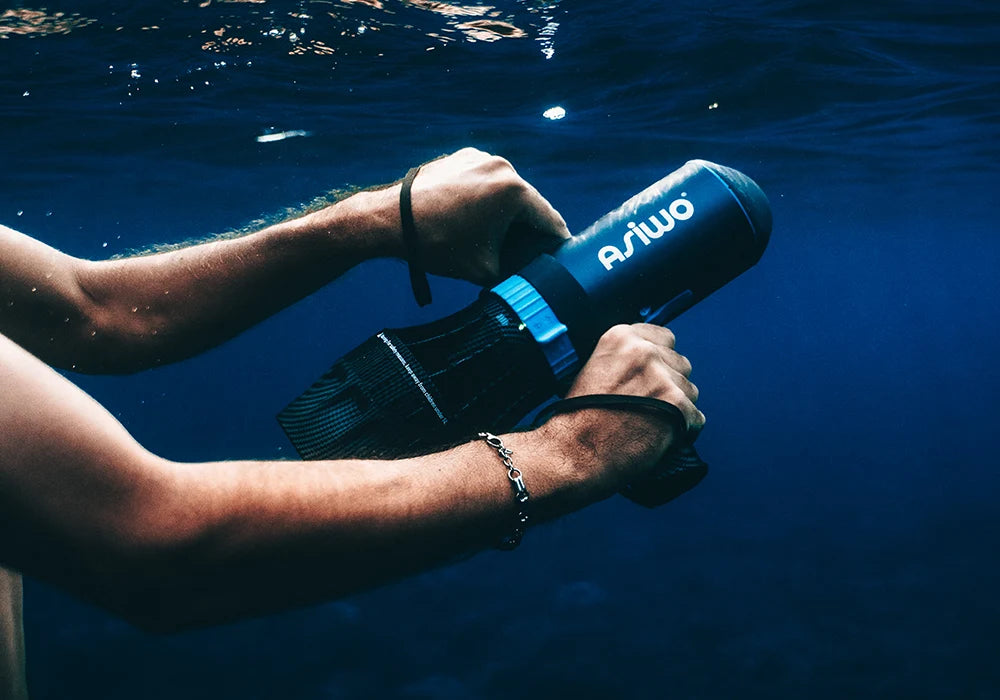




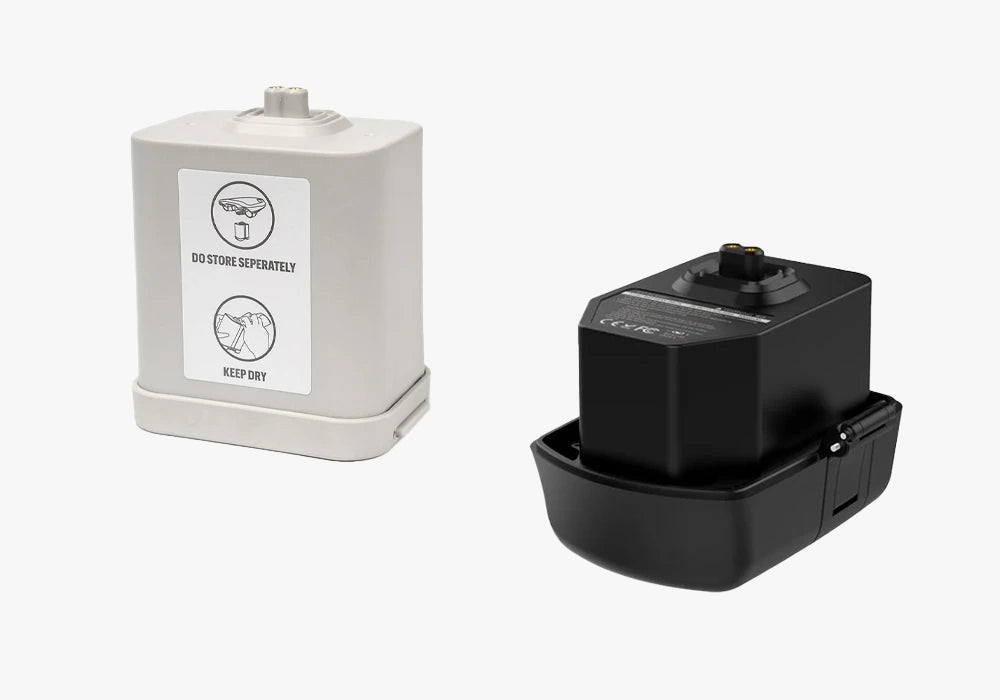




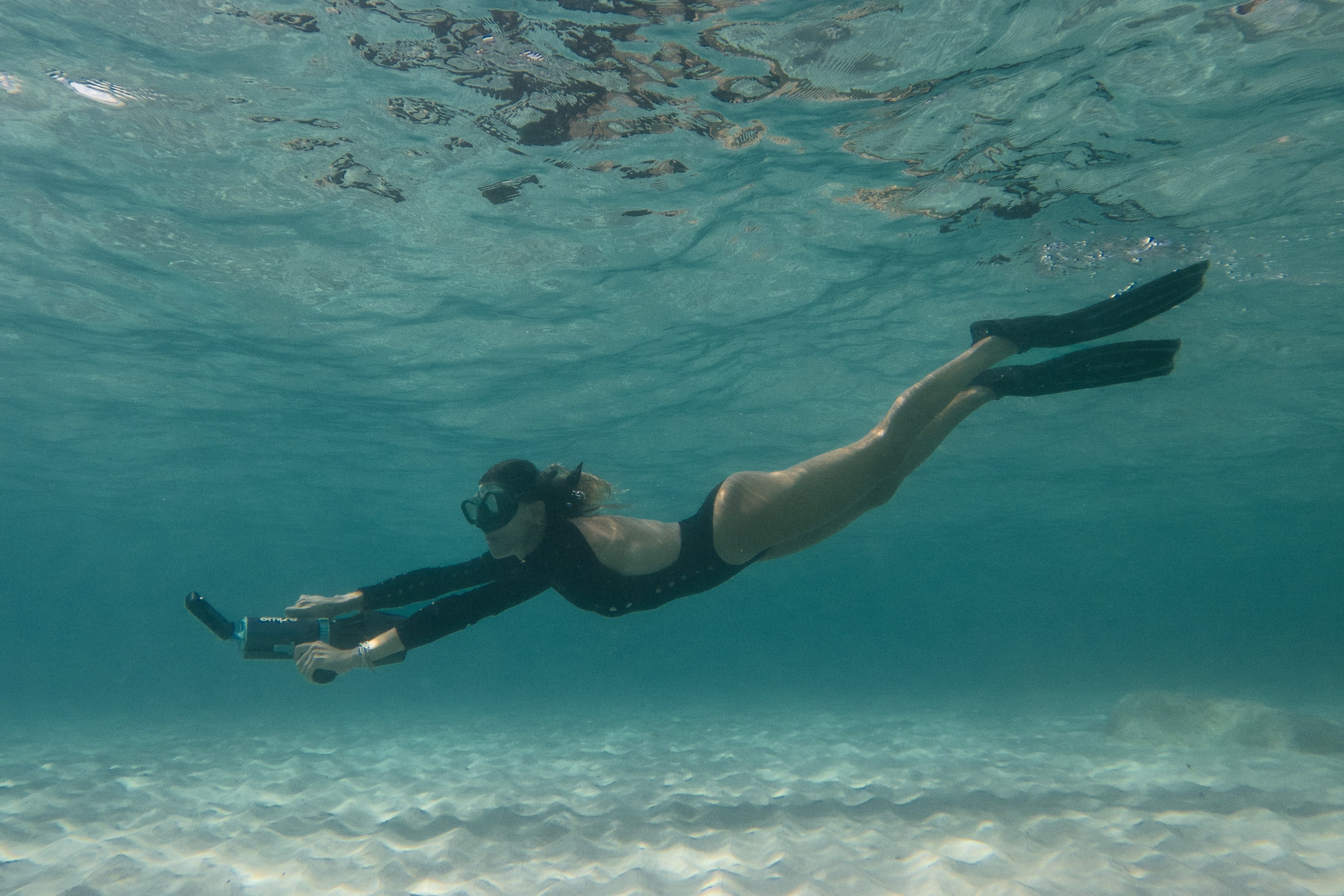
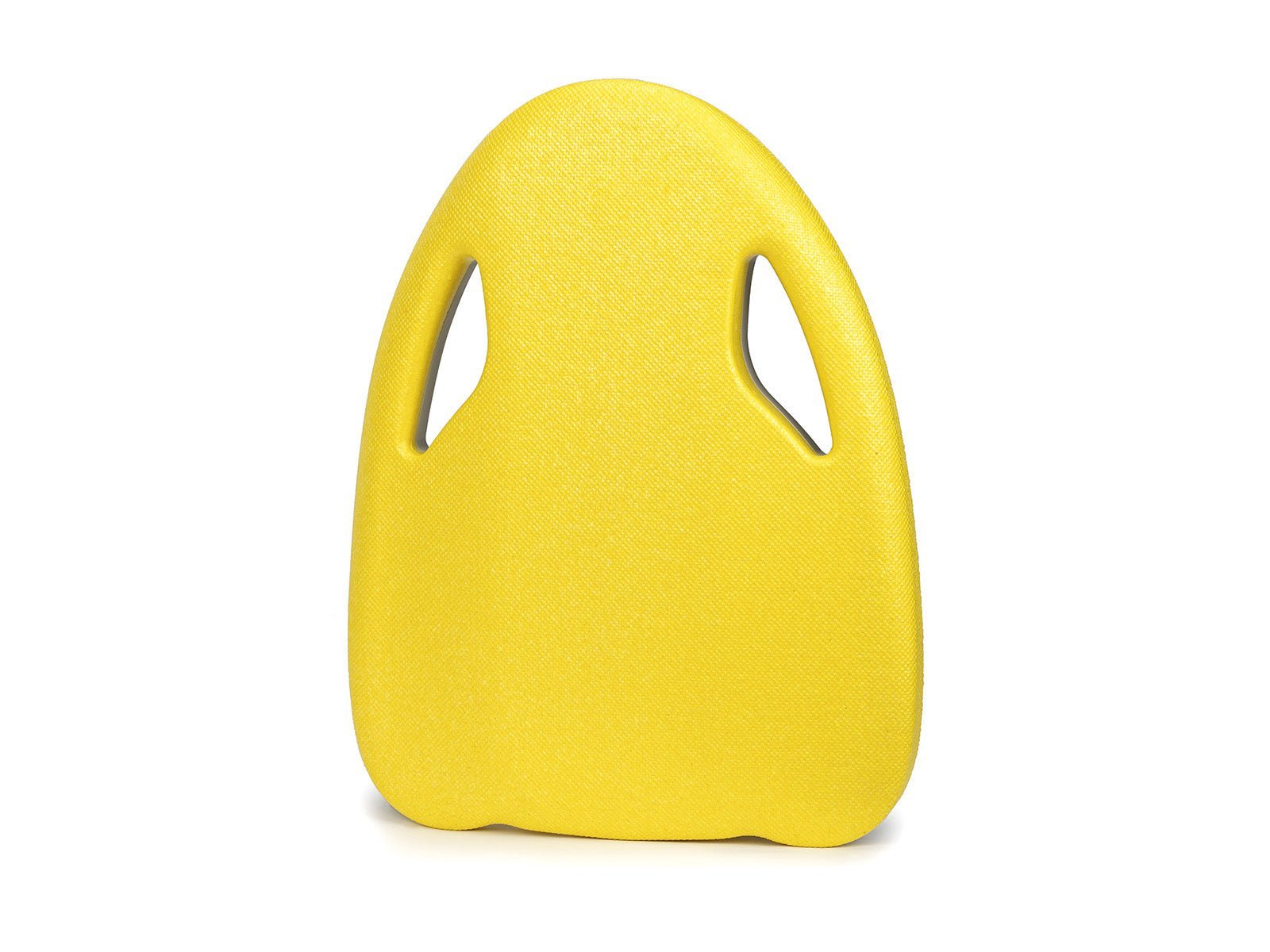
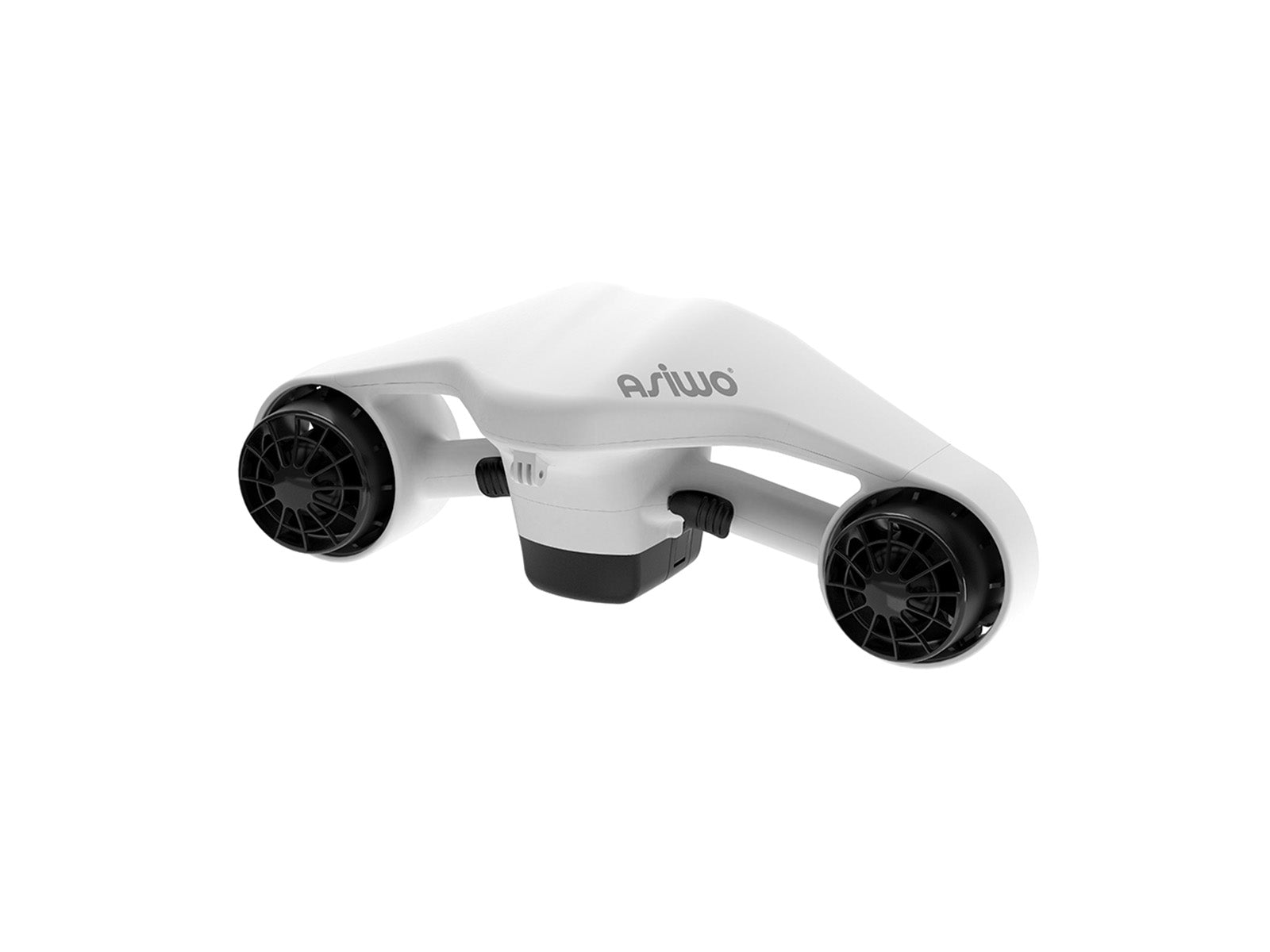
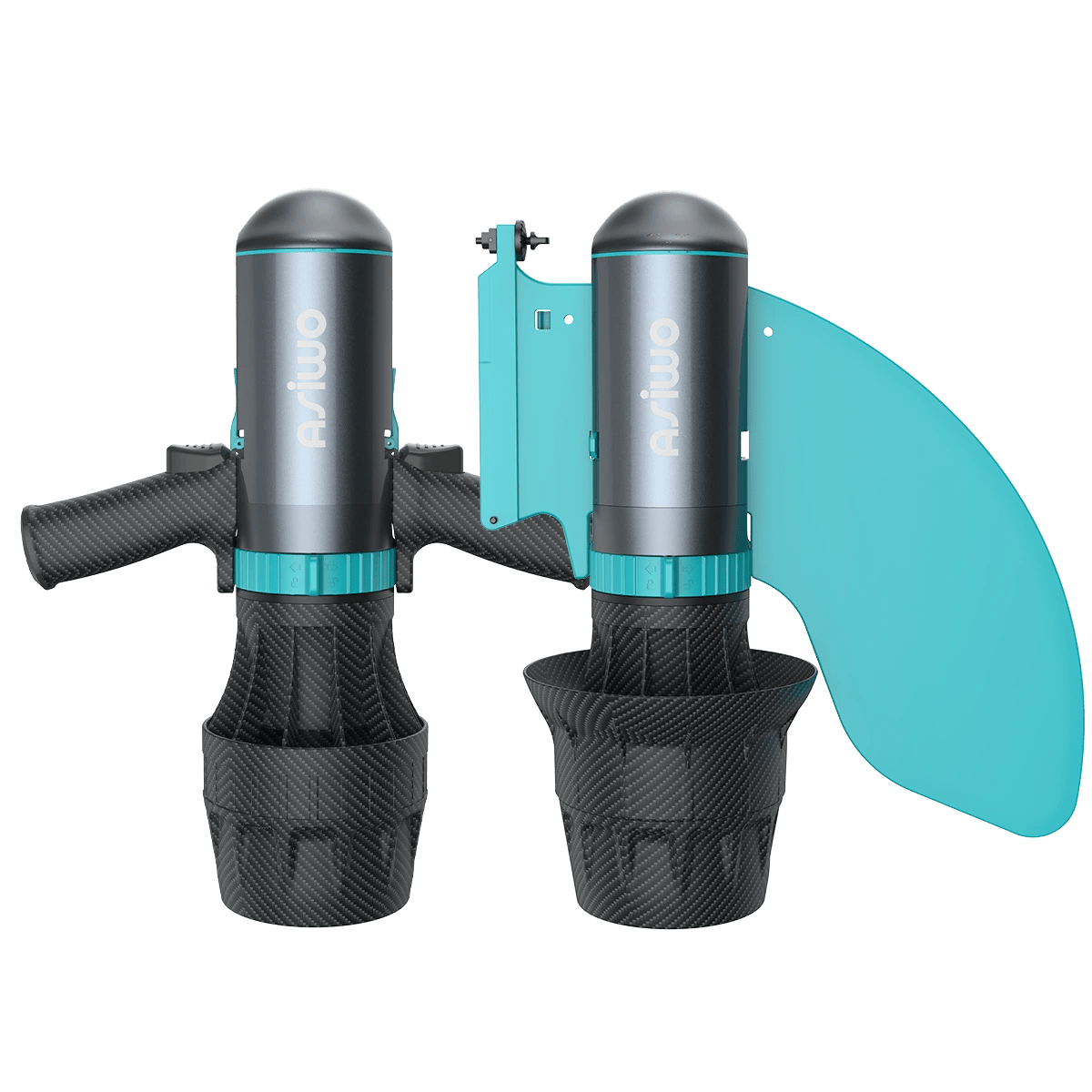




Lascia un commento